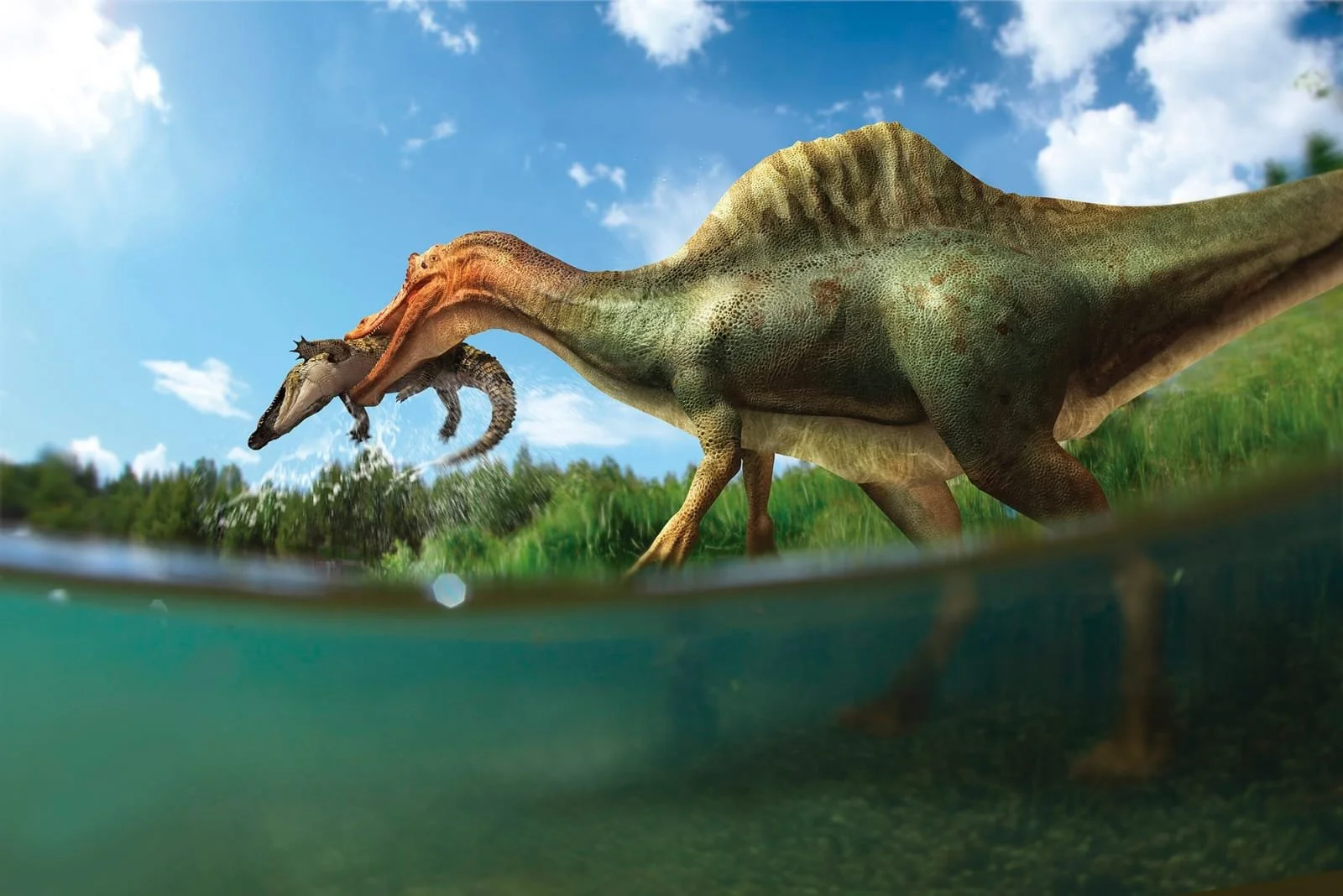A new species of carnivorous dinosaur inhabited the Iberian Peninsula 125 million years ago
It has recently been published in Cretaceous Research the description of a new species of theropod dinosaur named Vallibonavenatrix cani. The fossils were collected in the Lower Cretaceous of Santa Águeda in Vallibona (Castellón province, Spain). This specimen was discovered in the early 1990s by Juan Cano Forner, paleontology enthusiastic from Castellón and is part of his collection, which has been recognized as a museum collection by the Generalitat Valenciana since 1994. The name of the new species is composed of Vallibonavenatrix, which means “the huntress of Vallibona” and cani named after Juan Cano Forner.
The study was led by Elisabete Malafaia member of the Instituto Dom Luiz of the Faculdade de Ciências da Universidade de Lisboa and researcher of the Grupo de Biología Evolutiva - Universidad Nacional de Educación a Distáncia (GBE-UNED), in collaboration with other researchers from GBE-UNED and Universidad Autónoma de Madrid. This work is part of a research project that has been developed with the objective to know the dinosaur faunas from the Early Cretaceous of the Morella Formation in the Castellón region.
Vallibonavenatrix cani is a species of the clade Spinosauridae, a group of carnivorous dinosaurs that is relatively scarce in the Iberian Peninsula, but that has a very abundant record in northern Africa, South America, Asia and also England. This group of dinosaurs is characterized by the peculiar shape of the skulls and teeth, which bear some resemblance to those of crocodiles and the high neural spines in some of their vertebrae, which produces a sail-like projection along the back.
The only known specimen of Vallibonavenatrix consists of a partial skeleton of a medium-sized individual (8 to 9 meters in length) that includes dorsal, sacral and caudal vertebrae and elements of the pelvic girdle. Traditionally, the scarce spinosaurid elements known in the Iberian Peninsula fossil record have been interpreted as belonging to Baryonyx, which is a genus first described in the Lower Cretaceous of England. However, it was always considered that the analysis of new remains would allow this identification to be better adjusted and that the diversity of Iberian spinosaurids could be more complex. The Vallibona spinosaurid seems more closely related to southern hemisphere clades, such as Spinosaurus or Asians such as Ichthyovenator than to Baryonyx.
Reference:
Malafaia, E., Gasulla, J. M., Escaso, F., Narváez, I., Luis, J., & Ortega, F. (2019). A new spinosaurid theropod (Dinosauria: Megalosauroidea) from the late Barremian of Vallibona, Spain: Implications for spinosaurid diversity in the Early Cretaceous of the Iberian Peninsula. Cretaceous Research, 104221. doi: 10.1016/j.cretres.2019.104221




